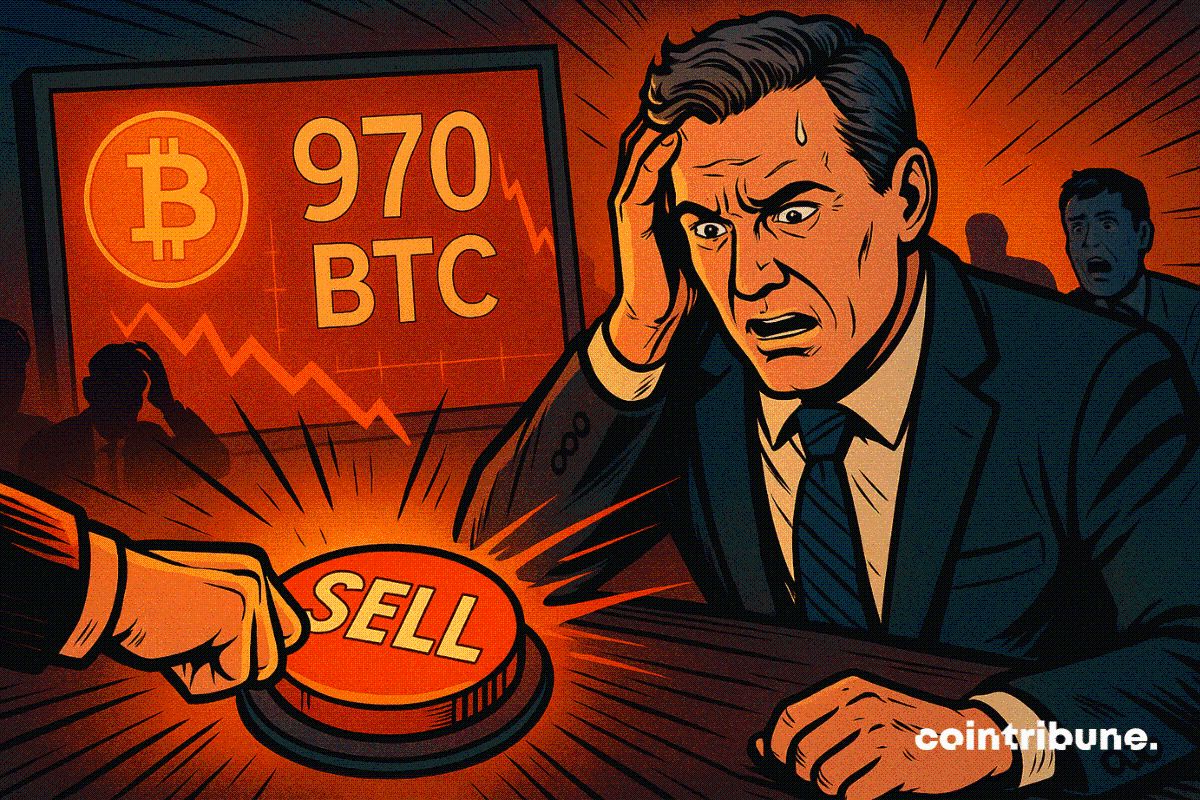Event Review 💥
Recently, ETH experienced sharp price fluctuations, drawing widespread attention from the market. Starting around 13:20, the price of ETH underwent a rapid decline and a series of liquidation events within a short period. Multiple reports indicated that not only were large high-leverage orders liquidated, but also whale positions were significantly closed, triggering a chain reaction that caused ETH to briefly fall below the $3,500 mark, even hitting a nearly three-month low. Meanwhile, some analysts issued strong sell signals using technical indicators such as OBV, MACD, and KDJ, warning investors of the risk of panic selling.
Timeline ⏰
- 13:20 (UTC+8) – ETH was quoted at $3,600.79 in the OKX trading pair, with a 0.61% drop in a short period.
- 13:21 (UTC+8) – ETH price started to fluctuate violently around $3,605, plunging to $3,518 within 11 minutes, a decline of 2.41%.
- 13:21 (UTC+8) to 13:56 (UTC+8) – Amid sustained selling pressure, the price gradually dropped from $3,526 to $3,482, with a cumulative decline of about 1.23%.
- 13:24 (UTC+8) – A flash crash phenomenon emerged in the market, accompanied by large long positions being forcibly liquidated due to high leverage.
- 13:31 (UTC+8) – Reports showed that, within the past hour, the total amount of contract liquidations across the network reached $31.83 million, with ETH long liquidations amounting to $9.67 million.
- 13:34 (UTC+8) – Another report indicated that, in the past hour, the total network-wide liquidation amount reached $123 million, reflecting the spread of market panic.
- 13:56 (UTC+8) – ETH officially broke below the $3,500 threshold, with the latest price at $3,500.33, and the short-term decline remained significant.
- 13:57 (UTC+8) – ETH hit a nearly three-month low on Bitfinex, dropping to $3,497.8, with a 24-hour cumulative decline of 6.07%.
- 14:00 (UTC+8) – Latest data showed that ETH price slightly stabilized around $3,489, but overall volatility risk remained.
Analysis of Causes 🔍
This round of sharp ETH price fluctuations was mainly influenced by two major factors:
- External Macroeconomic and Policy Uncertainty
- Recently, expectations of a US Federal Reserve rate cut, monetary policy adjustments, and uncertainties such as government shutdowns have tightened market liquidity. Risk assets are under overall pressure, and investors are reducing risk appetite, leading to tighter liquidity and a negative impact on the crypto market.
- High-Leverage Trading and Liquidation Chain Reactions
- Reports from multiple trading platforms showed that high-leverage positions were frequently being liquidated. Large holders and whales were forced to close positions due to losses, triggering systemic selling pressure. Panic selling led to a chain of liquidations in a short period, further exacerbating the sharp decline in ETH price.
Technical Analysis 🛠
This technical analysis is based on the 45-minute candlestick chart data of Binance USDT perpetual contracts, with the main technical indicators as follows:
MACD Signal:
The MACD indicator showed a death cross and is below the zero axis, forming a strong sell signal, indicating that downward momentum remains strong in the short term.Moving Average System:
ETH price is currently below the MA5, MA10, MA20, MA50, as well as EMA5, EMA10, EMA20, EMA50, and EMA120 moving averages, forming an overall bearish alignment and confirming a strong downtrend.OBV Indicator:
The OBV line turned from positive to negative and broke below previous lows, reflecting a significant increase in selling power. Trading volume surged (over 280%), accompanied by price declines, which is typical of panic selling.Other Indicators:
The KDJ indicator is showing a scattered state, while the RSI is in the oversold region, suggesting that there may be a short-term rebound opportunity under extreme selling pressure. However, if the overall downtrend does not change, the rebound may be weak. In addition, the TD Sequential indicates a bearish setup stage, warning of continued downside risk.
Market Outlook 🔮
Currently, ETH is hovering around $3,489, and overall market sentiment remains sluggish. From both fundamental and technical perspectives, the market may face the following scenarios:
Short-Term Volatility and Continued Downside Risk:
With macroeconomic uncertainties unresolved and ongoing high-leverage liquidation pressure, ETH may continue to fluctuate within a low range in the short term. Although some technical indicators show oversold conditions, large sell orders may still push the price lower.Uncertainty of Market Rebound:
RSI oversold and doji patterns suggest that if effective support is found at the bottom, a brief rebound may occur. However, beware of capital outflows and renewed selling pressure, as the rebound momentum may fall short of expectations.Strategy Recommendations:
In the current high-volatility environment, investors are advised to control position sizes, set timely stop-losses, and pay attention to macroeconomic and market liquidation developments. Short-term traders should closely monitor trading volume, OBV changes, and moving average support; medium- and long-term investors should remain cautious and wait for market sentiment and fundamentals to stabilize before making further allocations.
In summary, the recent sharp volatility in ETH reflects both external macro policy uncertainties and the systemic risks brought by high-leverage trading. Technical indicators show that downside risks remain, but whether the market bottom can provide effective support still requires further observation. Investors should remain calm during the storm, avoid short-term volatility risks, and allocate positions reasonably to guard against unexpected market events.




